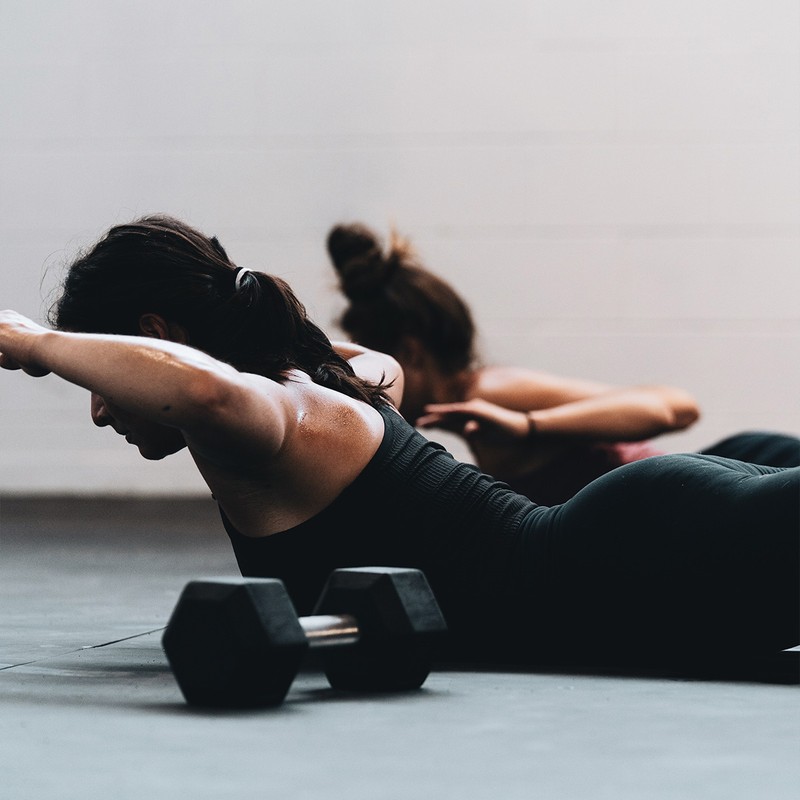How To Look & Feel Stronger – According To 3 PTs
Swap Cardio For Strength
“When I speak to women about their goals, the majority say they want to feel firmer or more toned. To achieve this, your goal should be fat loss, not weight loss. In technical terms, this means improving your body composition, which is most effectively done through proper nutrition and the right type of training. The problem with endless cardio is that you will ultimately burn through muscle rather than fat, resulting in the ‘skinny fat’ look. Strength training, on the other hand, encourages the body to retain muscle and tap into fat stores. If a leaner, shapelier look is your goal, weights are your friend.” – Aroosha Nekonam, PT at Ultimate Performance
Use It Or Lose It
“At some point during our 30s, we start to lose muscle mass. If you don’t exercise, you lose as much as 5% of your muscle mass each decade after 30. Even if you are active and lift weights, you’ll still have some muscle loss. The only way to control this is to incorporate resistance training into your week. The beauty is that there are so many ways you can ‘strength train’ – it could be using your bodyweight, lifting a range of weights, incorporating resistance bands, trying Pilates, barre or doing TRX. These all count towards your strength training goals.” – Louisa Drake, PT & founder of The Louisa Drake Method
Aim For Three Sessions A Week
“Three sessions of strength training a week is the minimum you should be doing. If you lead a busy, highly stressed life, this level of frequency is perfect as it creates the right balance between stimulus and recovery. If you can fit in three sessions a week, stick to full-body workouts. This will enable you to recover much more quickly, and you can then take advantage of this by keeping your training frequency high. If you can fit in four workouts, you’ll see even quicker results.” – Aroosha
Invest In A Set Of Dumbbells
“For their versatility and ease of use, dumbbells get my vote. The unstable nature of holding dumbbells also ensures your small, stabilising muscles must work hard to keep you steady while you perform the movement. Invest in two sets of dumbbells – a medium set (around 3kg) and a heavy set (around 5kg). However, listen to your body – as a rule of thumb, the last one to two reps should feel really tough to complete with proper form if you want to see results.” – Louisa
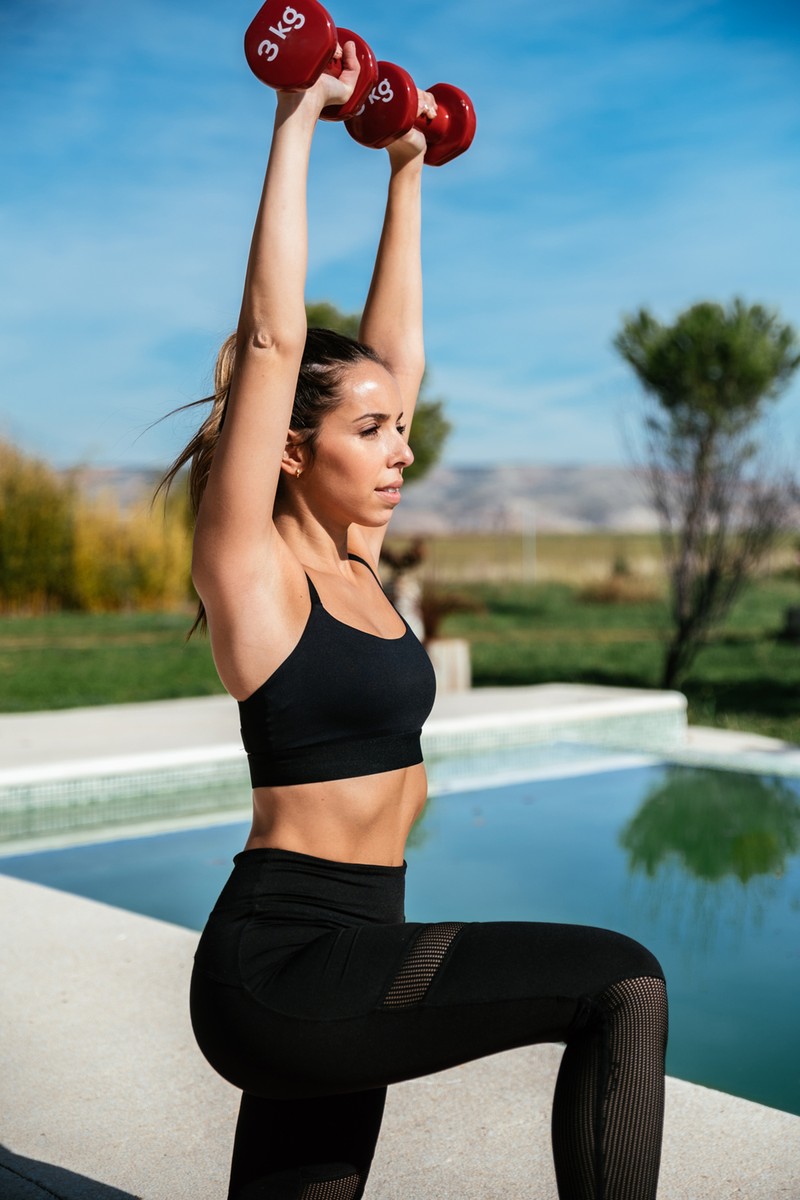

Don’t Underestimate Smaller Props
“When you use gliding discs, your body needs to work extra hard to stay balanced, which will evoke serious core activation. If you want a strong core and a great full-body strength workout, add in gliders. A small inflatable ball is a great addition to mat-based core work, too – it can be particularly effective at toning your transverse abdominals for a flatter stomach, which are often missed in regular sit-ups; a Pilates ring will tone the inner and outer thighs; and ankle and wrist weights will strengthen and activate muscles without bulking.” – Louisa
Start With Your Bodyweight
“By definition, strength training is any form of movement that builds strength and endurance, and the loads in question simply need to challenge you. Take the squat, for example. If you’re a professional athlete, you’ll need to add a heavy weight to a squat to make it a challenge. If, however, you’re a beginner, your bodyweight will be enough. Plus, what is more functional than being able to lift, support and move your own bodyweight? Squats, push-ups and planks done without dumbbells all still count.” – Hollie Grant, PT & Pilates instructor
Get More Bang For Your Buck
“If you want to build lean muscle and keep the body challenged, focus on compound exercises, which work multiple muscle groups at the same time. Base your workouts around these moves – think squats, deadlifts, lunges and weighted split squats. That’s not to say isolation moves like bicep curls aren’t effective – it just means they’ll only tone that area. Instead, focus on compound moves first to build strength and lean muscle, and then once you are lean and strong enough, tweak your workouts to focus on certain body parts.” – Aroosha
Take A Rest Day
“Always listen to your body – your body is the best barometer of whether you’re pushing yourself too hard. If you’re making progress, lifting heavier and feeling stronger, you’ve got your routine and frequency right. If you’re not, you may be going either too infrequently, or too often. Even Olympic athletes need time to recover. Hitting the gym seven days a week is more likely to cause you an injury or lead to overtraining, which manifests as decreasing performance, poor sleep, a feeling of sluggishness and repeated injuries. If you want to see results, listen to your body and give it time to recover.” – Aroosha
Gradually Level It Up
“To build strength, lift slightly heavier each week. This is called progressive overloading. So long as you can maintain perfect form, adding a small amount of weight as you progress is proven to be the best way to build strength. And if you love resistance bands, add in weights, too. Resistance bands are great, but eventually you’ll get to a point where your body gets used to the exercises you do with them – like a saturation point – and you’ll need a greater stimulus to get your muscles to grow. To continue seeing results, either increase the weight or volume or make your rest period shorter.” – Aroosha
Don’t Pair HIIT With Weights
“Weight training – whether it’s lifting dumbbells or kettlebells or using your bodyweight – puts a stress on the body, and so does HIIT. Therefore, doing these two back to back isn’t advised – you won’t perform as well as you think you are performing, and you increase your risk of injury. Try to keep cardio and strength training sessions separate. Perhaps set aside one or two days a week to dedicate to strength work, then divide the rest of the week into your preferred form of cardio – whether it’s running, cycling or swimming. You may be surprised that these extra strength training sessions give your cardio efforts a boost.” – Aroosha
Activate Your Glutes Before A Run
“If you love running, don’t give it up, but you’ll need to give your muscles some TLC if you want to stay strong. Your glutes are one of the primary muscles that help you run fast – strong glutes centre the pelvis and give you a strong, stable foundation. If you run often, make sure you are working on strength exercises that strengthen your lower body on at least two other days. This will not only improve your ability to generate speed, but you’ll also be less likely to suffer a running injury. Before you head out for a run, spend ten minutes on activation exercises to make sure your muscles are firing in the right places. Squats, lunges and knee raises are great. Also try tying a resistance band around your thighs and lying on the floor to perform shoulder bridges – this is great to activate the hamstrings and glutes. Clamshell movements done on your side with a looped band, meanwhile, will build strength and stability around the hips and thighs.” – Louisa
Eat Plenty Of Protein
“The fitter and stronger you are, and the harder you train, the more protein you need. Unlike carbs and fats, there’s no long-term storage site for protein in the body, which means you need to eat protein regularly, and in the correct amounts, to support a lean body. On the days you’ve done a particularly challenging strength-focused workout, make sure you are getting enough protein – aim for around 0.8g of protein per kg of your bodyweight per day. If you’re pressed for time, protein powders can come in handy – add to shakes, smoothies, yoghurt, energy balls and porridge to increase the protein and fullness factor.” – Louisa
For more information visit UltimatePerformance.com, LouisaDrake.com & PilatesPT.co.uk.
Shop The Favourites...
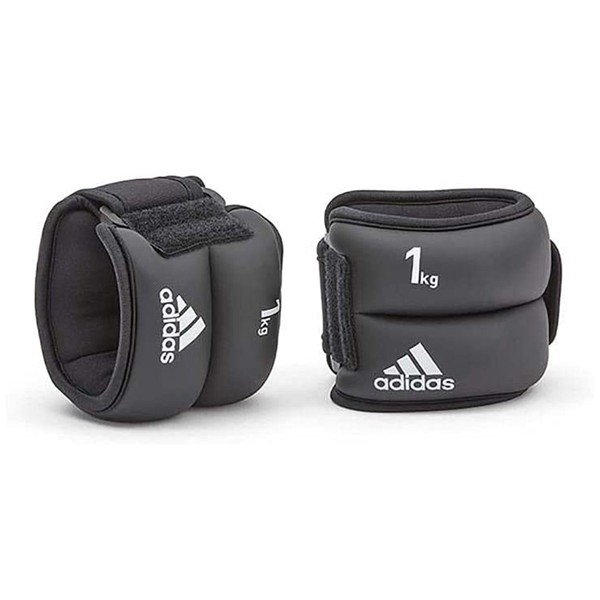
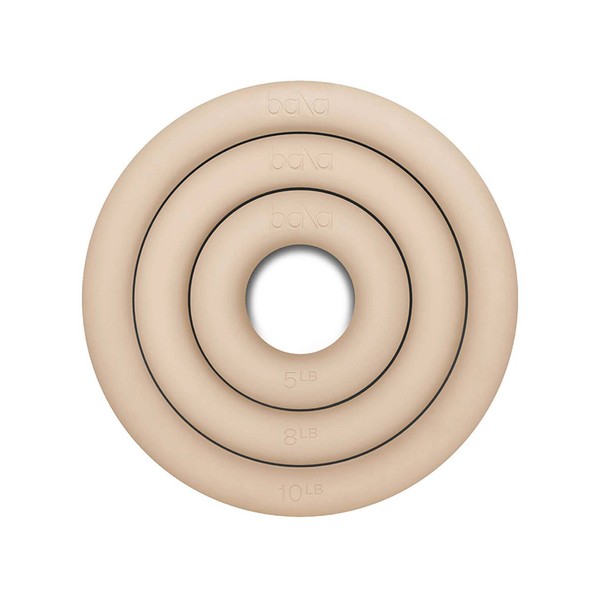
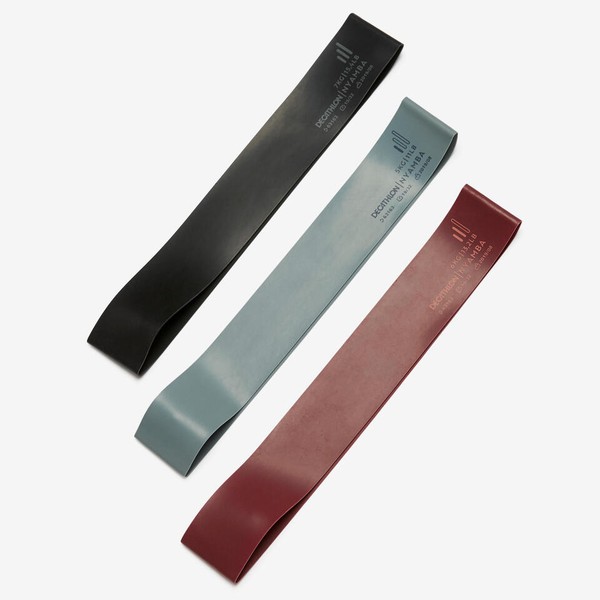
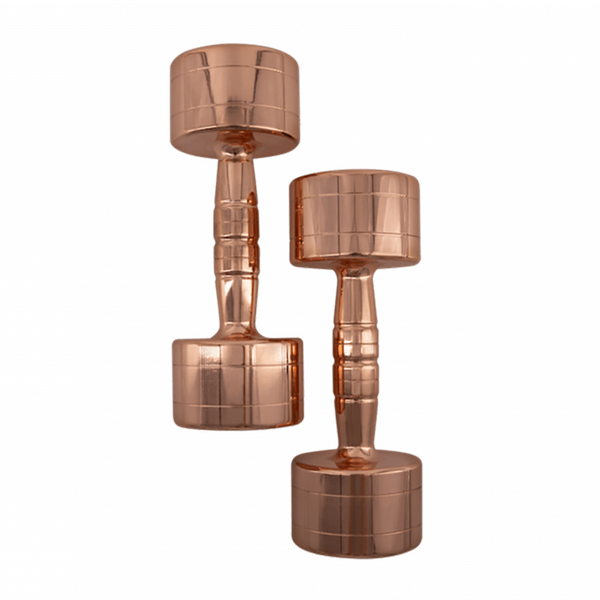
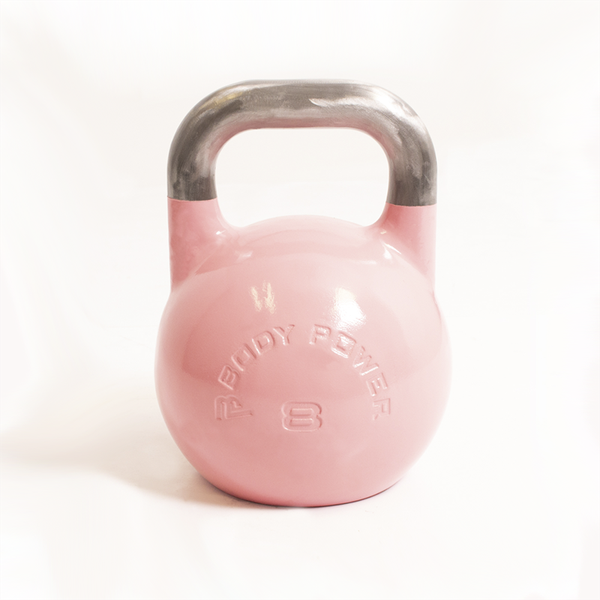
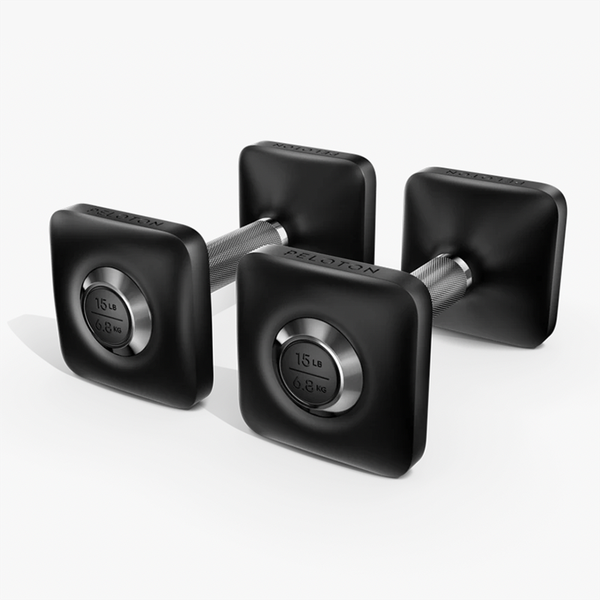
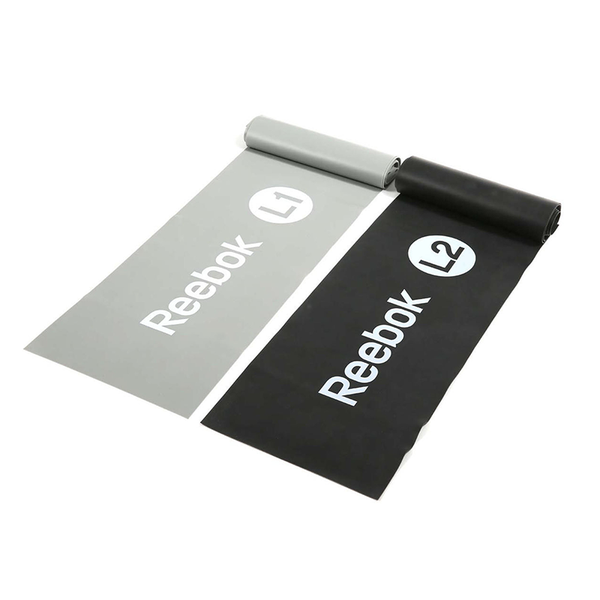

DISCLAIMER: Features published by SheerLuxe are not intended to treat, diagnose, cure or prevent any disease. Always seek the advice of your GP or another qualified healthcare provider for any questions you have regarding a medical condition, and before undertaking any diet, exercise or other health-related programme.
DISCLAIMER: We endeavour to always credit the correct original source of every image we use. If you think a credit may be incorrect, please contact us at info@sheerluxe.com.
